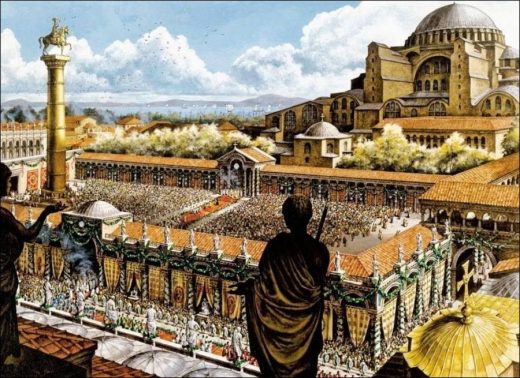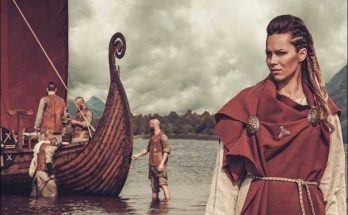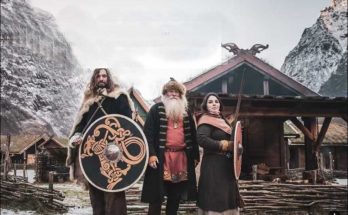The Byzantine Empire The eastern Roman Empire or Byzantium came to the scene of history with the founding of the city of Constantinople in 324 AD. The final division of the Eastern and Western Roman Empires, however, took place in 395 AD. It disappeared with the capture of Constantinople by the Turks in 1453.
Although the Byzantines emphasized their Roman roots from time to time, they gradually moved away from their roots. Culture and language are increasingly influenced by the Hellenization of the Empire and its theocracy.
Byzantium has a prominent place among the medieval states of that time. It was evident because of the peculiar organization of the government, an extraordinary war technique, an improved economic and monetary system, a perfectly equipped army and, above all, extraordinarily wealthy.
G. Ostrogorski, one of the most famous byzantologists, describes the Byzantine Empire as follows: “Roman government, Greek culture and Christianity are the main pillars of Byzantine development. Any lack of these elements would have eliminated the existence of Byzantium. Only by the congregation of Greek culture and Christianity with the Roman state could such a historical entity arise, which we call the Byzantine Empire.
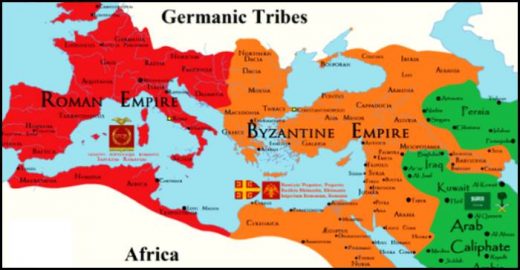
Construction of Constantinople
Emperor Constantine, who was the founder of the city. The Slavic people called it Tsargrad, and it got its current name Istanbul by conquering it. Emperor Constantine spent a lot of time on the eastern borders of the Empire due to the war with Germia, so he settled mostly in Asia Minor and rarely in Rome. This may be an explanation for why he chose this place to establish a new Imperial capital.
After the founding of the “New Rome”, it was quickly built and expanded. Many buildings were built, such as the new hippodrome, palace, forums, administrative and office buildings, and the city was decorated with bronze statues. Emperor Constantine himself expanded the city 4-5 times. Unlike Rome, which was originally a Christian city, churches were built outside the city walls in Rome. In Constantinople, churches were built in the city itself.
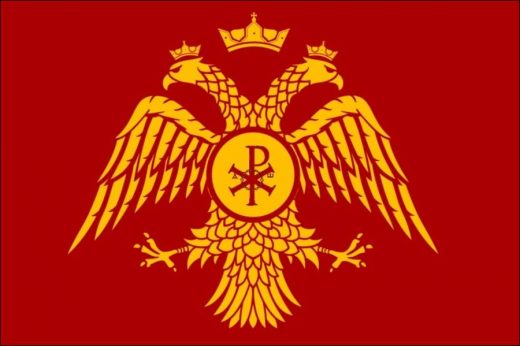
The bishop’s palace was built next to the emperor; this meant a link between the sacred and the empire (the power of the emperor depends on religion). The cathedral and the bishop’s residence are in the narrow centre, close to the Senate and the secular government. After the fall of the Western Roman Empire, the emperor’s palace known as Daphne, located close to the Hippodrome, would later become the main palace of the Byzantine Empire. The city also had wide streets with sidewalks for pedestrians and harassment, which is important to eastern cities. Stopped by the forums. One of these was Constantine’s forum, as distinct from the Roman forums.
There was a pole with a bronze statue of Constantine at the conference in the God of the Sun. Statues were assigned all over the city. They were pagan, but had only a decorative function, as they were removed from pagan temples outside of their religious context. Of all the statues, only one group was preserved: the horses that stood on Constantine’s hippodrome.
Visits: 146
